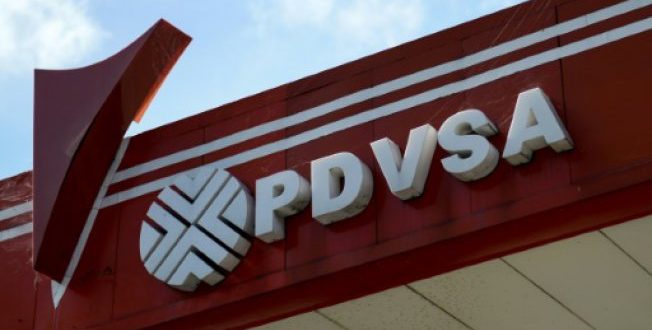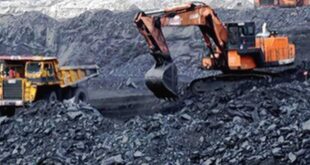The IEA’s medium-term outlook shows a clear shift in Opec’s oil production capacity over the next five years in favor of the group’s low-cost Middle East producers over high-cost members like Angola and Venezuela
London:Opec has achieved an unprecedented degree of compliance with its current output target. exceeding its agreed production cut by 44%. but all is not as rosy as it might seem on the surface. This newfound sense of purpose hides a huge cost borne by two of the group’s members that found themselves on the wrong end of Saudi oil policy as prices collapsed and who may struggle to recover from the consequences.
The nature of this cost was clearly identified on 21 February. 2016 in a conference in Houston. where Saudi Arabia’s then-petroleum minister. Ali Al-Naimi. explained to a packed room of investors and senior industry figures why his country was flooding the market with crude. Perhaps—irritated by journalists who liked to characterize his country’s policies as a war on booming US shale supplies—Al-Naimi wanted to set the record straight.
The producers of those high-cost barrels must find a way to lower their costs. borrow cash or liquidate. It sounds harsh. and unfortunately it is. but it is the most efficient way to rebalance markets.
While that wasn’t entirely new. the thing that set his speech apart was the detail. Al-Naimi talked about how a price surge had “unleashed a wave of investment around the world into what had been previously uneconomic oil fields.“ In addition to US shale he listed the Arctic. Canada’s oil sands. Venezuela’s Orinoco Belt and deep water frontiers.
All of those areas were affected by the slump in oil prices that accompanied Opec’s pump-at-will policy. But the impact was particularly brutal in two areas — and both are members of Opec. Two years on. the oil industries of Venezuela and Angola. which was at the forefront of deep water development. are looking a mess. And these nations’ dependence on oil revenues makes the collapse far more painful than it has been for other countries that have seen their production fall.
Venezuela’s output is now at its lowest level in almost 30 years. leaving aside the brief dip in production that accompanied the general strike at the end of 2002. A lack of investment and loss of technical expertise amid the economic chaos that has gripped the country has dragged output down from a peak of almost 3.5 million barrels a day reached in 1998. shortly before President Hugo Chavez came to power. The country’s output has fallen by 460.000 barrels a day from the October 2016 level used as a starting point for Opec’s cuts agreed in November that year. As part of that deal. Venezuela pledged to reduce production by a more modest 95.000 barrels a day.
But for Angola the story really is one about the impact of the collapse in oil prices. When the country joined Opec in 2007. it was looking forward to achieving a production rate of 2 million barrels a day. A decade later that seems a remote dream. with output struggling to stay above 1.6 million amid delays and cancellations of new projects and steep decline rates at existing ones.
In most cases. production from Angola’s deep-water fields peaks early and declines rapidly. Linking a number of fields into a single production unit and staggering their start-up can help to prolong plateau flows. but recent projects show that even this has a limited impact.
The fall in oil prices had an immediate and dramatic impact on drilling activity. with the number of active rigs falling from 18 at the start of 2014. when oil prices were close to $110 a barrel. to just one in January. Start-up of Total SA’s Kaombo Norte project has been pushed back from 2017 to later this year. while the Chissonga project—which Total also acquired when it purchased Maersk Oil last year—was shelved indefinitely when oil prices collapsed in early 2016.
Saudi Arabia’s policy of refusing to countenance output cuts as oil prices collapsed in 2014 and 2015 probably didn’t help either country. Had the world’s biggest exporter done what it normally did during times of oil-market crisis—namely. cut production—perhaps prices would have stayed a bit higher and the plights of these nations would be marginally less awful than they are now. Although the pump at will policy was short-lived. it has had a long-lasting impact.
The International Energy Agency says that both nations’ capacity to pump crude will fall more deeply in the next few years than any other members in Opec. The agency’s medium-term outlook shows a clear shift in Opec’s oil production capacity over the next five years in favor of the group’s low-cost Middle East producers over high-cost members like Angola and Venezuela —just as Al-Naimi predicted. With suggestions that the US shale boom could also start to top out by the mid-2020s. a gravitation back towards a dependence on Middle Eastern oil is starting to look even more likely.
 Iran Energy News Oil, Gas, Petrochemical and Energy Field Specialized Channel
Iran Energy News Oil, Gas, Petrochemical and Energy Field Specialized Channel




